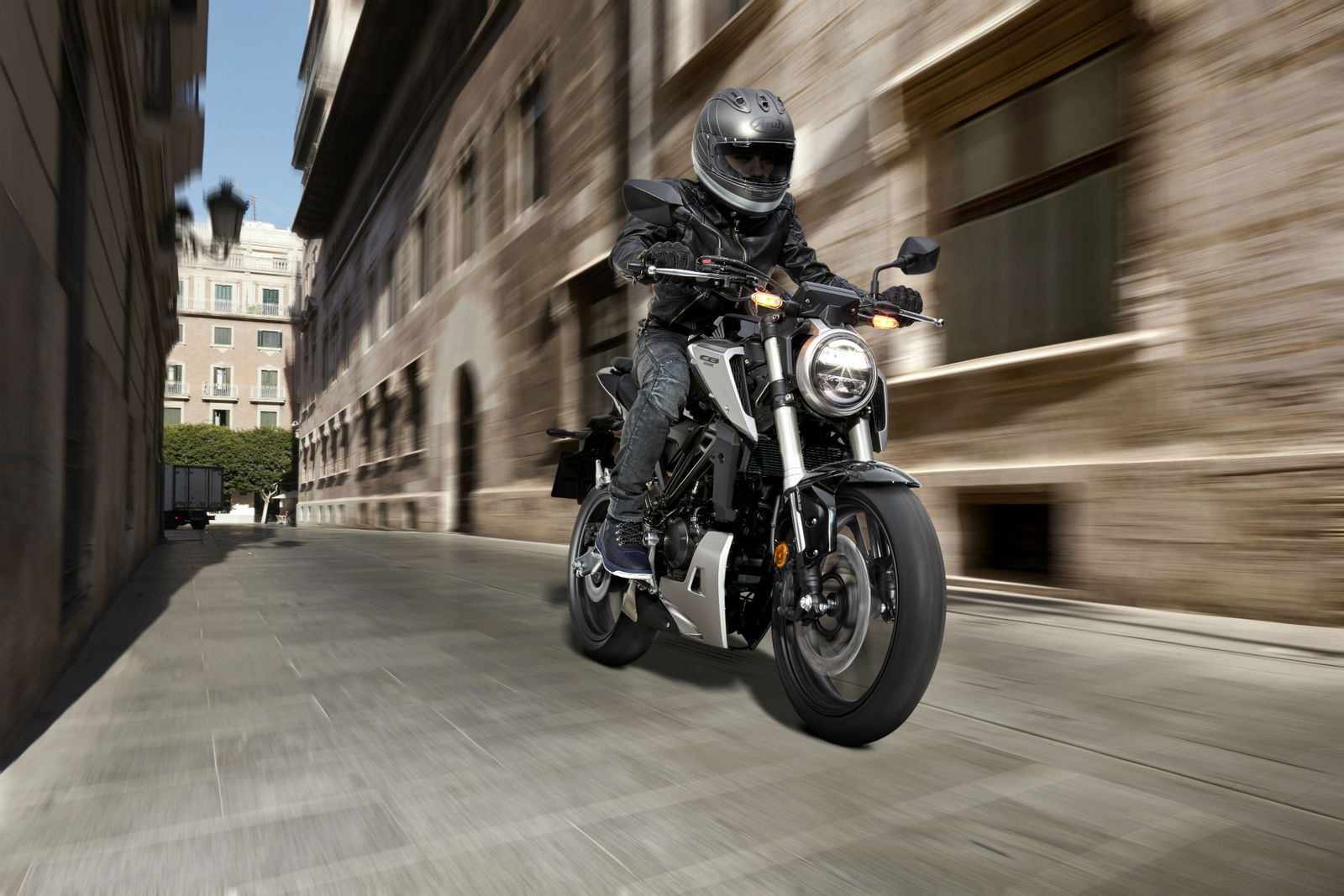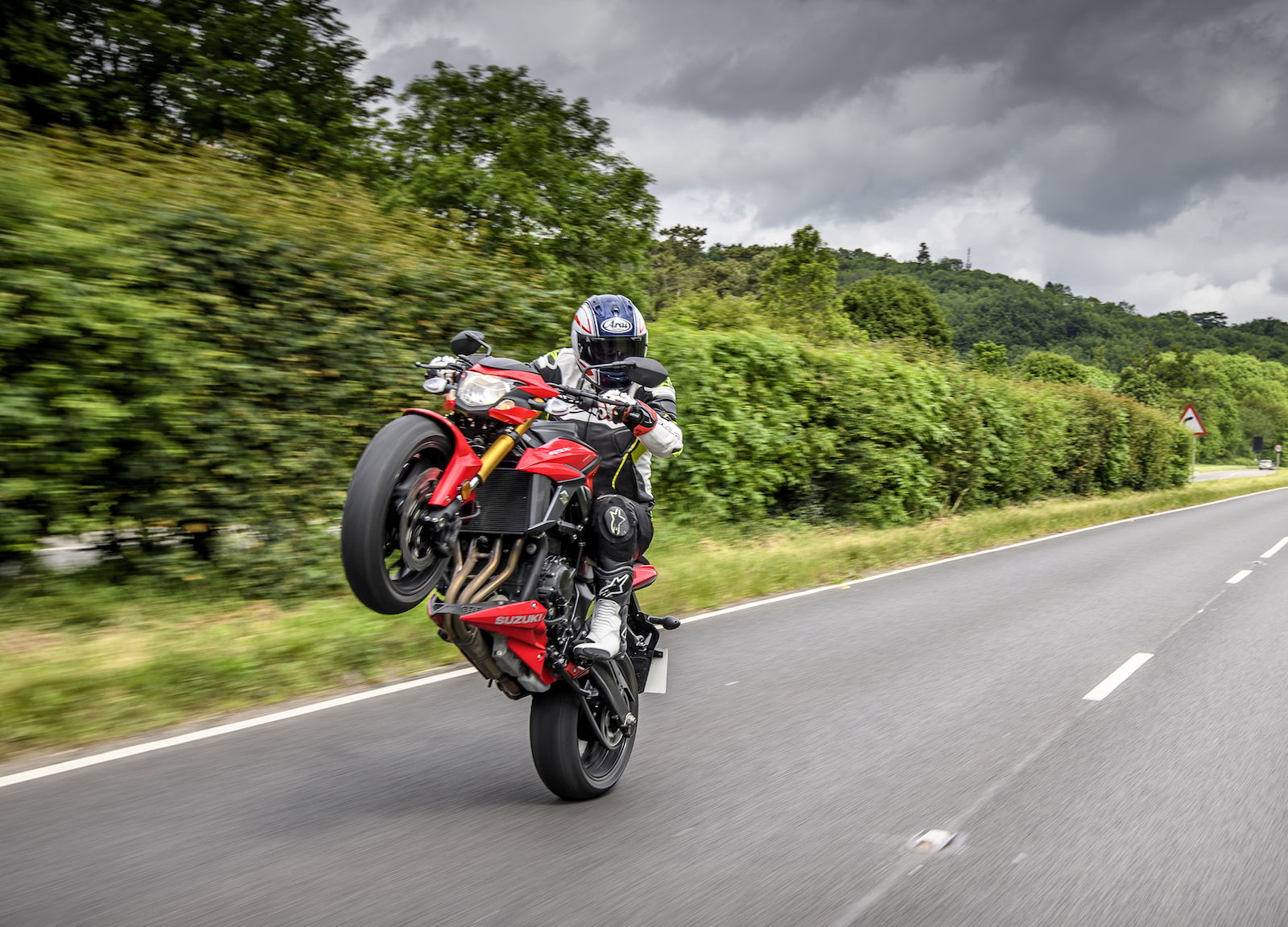Win on Sunday, buy on Monday | Top 10 Super-duper Superbike Specials
These iconic WorldSBK-bred sportsbikes cut their teeth on the race track so they could rattle your teeth - and induce litres of adrenaline - on the road...

HOMOLOGATION specials are a weird concept, really.
Production-based racing– epitomised by WorldSBK – is supposed to let manufacturers to show off their real-world road bikes on track, so inevitably those same manufacturers go and build special race-oriented bikes that they shoehorn into showrooms purely to get an edge on their rivals.
Objectively the resulting homologation specials are usually terrible road bikes because they are designed to clip apexes and burst into speed rather than filter in traffic and avoid potholes... but that's missing the point, because this is as close you'll ever get to feeling like Jonathan Rea or Carl Fogarty.
The history of the homologation special - so-called because a manufacturer most produce a certain quota for us everyday joes in order for it to qualify as a production-turned-race models - is largely rooted in WorldSBK's early days when budgets were measured in pride rather than currency, but while the quotas have changed numerous times over the years, in 2020 the method is making a comeback.
Modern day examples include the Kawasaki ZX-10RR, Ducati Panigale V4 R and the recently-launched BMW M 1000 RR, which show Sunday success is a more alluring business case than a more compliant ride or - in today's case - anything that doesn't have wings sprouting from it. Either way, we're not complaining.
// READ MORE: The history of the WorldSBK homolgation specials and the icons that blazed a trail... //
.jpg?width=1600)
10 - BMW M 1000 RR
The shiny new BMW M 1000 RR is the very epitome of homologation obligation because while the standard BMW S 1000 RR is an excellent sportsbike out on the road with its sharp handling, sharper looks and lashings of the Munich marque's top notch engineering know-how, it has proven to be rather flaccid on track.
Indeed, while the second-generation BMW S 1000 RR isn't slow per se - and certainly quick in stock terms - it has been left hanging, especially down the back straights, by its rivals to the extent it has prompted BMW to re-think its approach. The result is the first BMW motorcycle to wear the fabled 'M' branding, which alone tells you how serious it is taking this new endeavour.
For now we only have statistics to go on and, interestingly, they don't blow us away (except the £30,000+ price tag, which does make us wince...) in that power has risen from 204bhp to 212bhp. While you can certainly do plenty with 8 more ponies, the modest numeric gains suggest to us the real trickery lies elsewhere because why go to the effort of making - and pricing - a machine out of most of our reach, if it's not got a game plan in mind...
.jpg?width=1600)
9 - Kawasaki ZXR750RR
Kawasaki might have become a dominant force in WorldSBK over the last few years but while it took 20 years to double its title quota with Scott Russell in 1993 and Tom Sykes in 2013, the green machines have been a ever-present force since the series' inception, with Adrien Morillas taking the firm’s first victory on a GPX750R (unusually, it was red) in its fourth-ever WorldSBK race.
Within a few years the likes of Aaron Slight, Scott Russell and Rob Phillis were regular winners, with Russell taking the rider’s title in 1993. The ZXR750RR – and its descendant, the ZX-7RR – were the bikes that carried Kawasaki racers through the 90s. The formula remained consistent; compared to the stock superbikes, the RR models got close-ratio boxes, flat-slide carbs, alloy fuel tanks and suspension tweaks. The stock ZXR750R was the more useable road bike, but it doesn’t make the RR any less desirable.
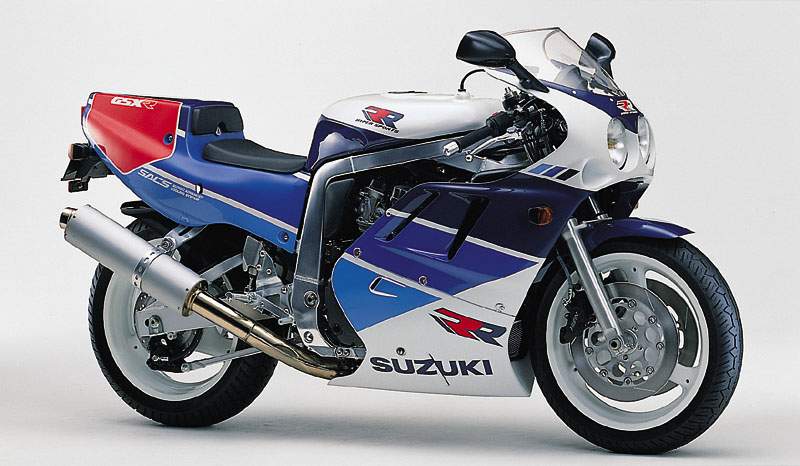
8 - Suzuki GSX-R750RR
Suzuki is another of WorldSBK's original brands, though it's been conspicuous in its absence since 2014 when, distracted by the allure of returning to MotoGP, it popped out for a pint of milk and never came back...
Though its success on the international racing stage isn't as prolific as Honda's, it's easy to forget it scored both the rider and manufacturer titles in 2005 with Troy Corser on a GSX-R1000. So why have we plumped for the Suzuki GSX-R750RR here instead? Because it’s the ultimate expression of the oil-cooled GSX-R750 line. It also has 'they don't make them like they used to' looks
Just 500 were made back in 1989, with a long-stroke engine, single seat, alloy fuel tank, close-ratio gearbox and big, 40mm carbs. Suzuki never dived headlong into the homologation game like its rivals, so special GSX-R750s are thin on the ground, making the RR all the more desirable. There was one more – the water-cooled GSX-R750 SPR of 1994 – but it lacks the RR’s style.
7 - Ducati Panigale V4 R
WorldSBK may have tweaked what was and what wasn't permitted in the regulations to allow an ailing Honda bring an 'SP' version of its sixth-generation Fireblade to track in an effort to improve its fortunes (it didn't) but it's Ducati that has run with the Ducati Panigale V4 R.
Such is the importance of winning on track for Ducati in WorldSBK - a series it has formerly dominated during various eras - that it was willing to develop an off-shoot version of its much anticipated Ducati Panigale V4 platform with a 998cc engine, rather than the 'standard' 1103cc unit to meet regulations. The result is the Ducati Panigale V4 R, which ups the tempo of the already potent S by increasing power fro 211bhp to 235bhp.
It also sprouted some aesthetically-engaging (if not exactly beautiful) tusk-like wings which Ducati insists it needs in the best ways possible to keep its rocket ship from taking off. The red-blooded result is exactly what you'd expect from Ducati in that its eye-wateringly fast, carves a fine edge in bends and - at £35,000 - might require a remortgage to own. But if Ducati isn't going to make a sportsbike out of almost everyone's reach just to slice a few hundredths of a race lap, then who is?
.jpg?width=1600)
6 - Aprilia RSV Mille SP
Aprilia’s era of WorldSBK success may have come with the RSV4, a machine so good it didn't really need a homologation special to make it faster (we're not including the rarer than hen's teeth RSV4 X), but the firm’s first foray into the championship was arguably more evocative for the time. The Aprilia RSV Mille V-twin, launched in 1998, was Aprilia’s first big bike, and its homologation version – the SP – had all the usual bolt-ons to make it faster.
After an exploratory year with Peter Goddard aboard a single entry in 1999, its full WSB onslaught started in 2000. The first win came in the second round – at Phillip Island – with Troy Corser. He’d win four more times during the year, taking 3rd in the championship. Not bad for a firm that had never made a multi-cylinder four-stroke before.
The Aprilia RSV Mille SP is very rare today, though one did fetch plenty at auction recently, just adding to its mystique. After all, if your neighbour has a Ducati, this is what you buy to get one up on them...
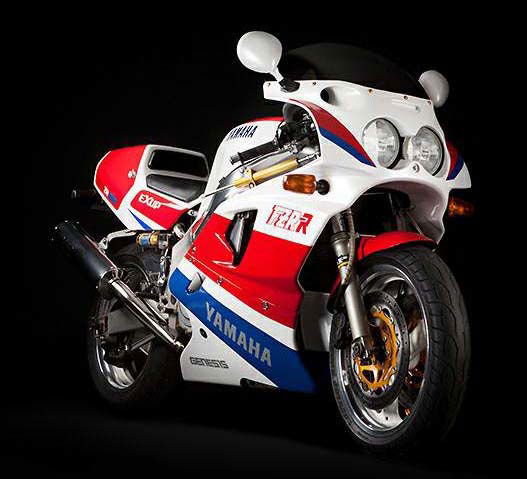
5 - Yamaha OW-01
The Yamaha FZR750RR OW-01 was the firm’s response to Honda’s RC30, a dedicated race bike, with just 500 made to meet homologation rules and get it ready for the 1989 WSBK season.
While it didn’t look radically different to the road-going FZR750, the OW-01 was a substantially different bike. Its five-valve engine, with titanium rods and flat-slide carbs, needed careful fettling and regular maintenance. Today, they’re highly prized despite never winning a WorldSBK title.
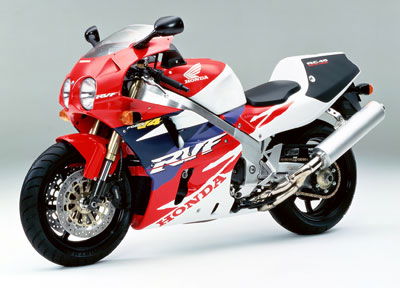
4 - Honda RC45
As the manufacturer that had to go one step further as to force rivals to react, Honda has brought us a fair few specials over the years, enough we could almost dedicate an entire top ten feature for them. So we've limited ourselves to just the two, beginning with the Honda RC45.
Also known as the RVF750, it was a direct successor to the VFR750R RC30, sharing the same basic design ideas but updated for the 1990s. The engine was still a V4, but gained (rather snatchy) fuel injection, completely new heads, a shorter stroke and a bigger bore. The frame also looked a lot like the RC30’s but its geometry was tweaked and the addition of USD forks brought its specs up to date.
New, NSR500-inspired aerodynamics further helped its racing prospects. But despite all this, it struggled to beat the dominant Ducatis. It debuted in 1994, but lost out to Ducati’s similarly new 916. The same happened in 1995. And 1996. Only in 1997 did Honda regain the WorldSBK title with John Kocinski scoring the RC45’s only world championship. In 1998 and 1999, the RC45 lost to Ducati again, but despite that defeat on the day, the Honda RC45 is endlessly desirable as demonstrated by the increasingly bonkers price tags to be found on jimmied examples.
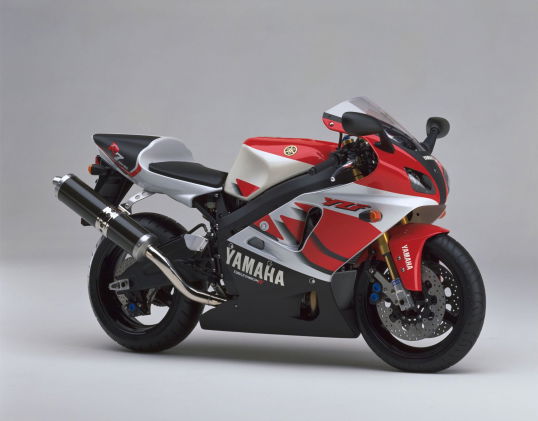
3: Yamaha R7 OW-02
The Honda RC45 mightn’t have won as many titles as it was expected to, but Yamaha’s OW-02 R7 was even less successful on track, never quite landing the firm its much desired first championship... but that didn't make the road-going version any less appealing.
Just 500 were made, all in 1999 with Yamaha needing to make the R7 because it had just launched the R1, which despite being the era’s dominant road-going superbike, harnessing a 998cc four-cylinder meant regulations hadn't quite caught up with the innovations of the day.
In stock road-going form, it wasn't skin-folding fast but with (expensive) racing tweaks applied the Yamaha R7 became a serious weapon. However, even with everyone's favourite nearly-man Nori Haga doing his best, the WorldSBK title evaded it.
Why is it so desirable, then? Because its chassis was developed from the contemporary YZR500 GP bike, as was the aero, it looked fantastic, too and in the real world, a Yamaha R1 of the same vintage would be the better road bike. In terms of desirability the R7 - as one of the last of its breed - has few peers.
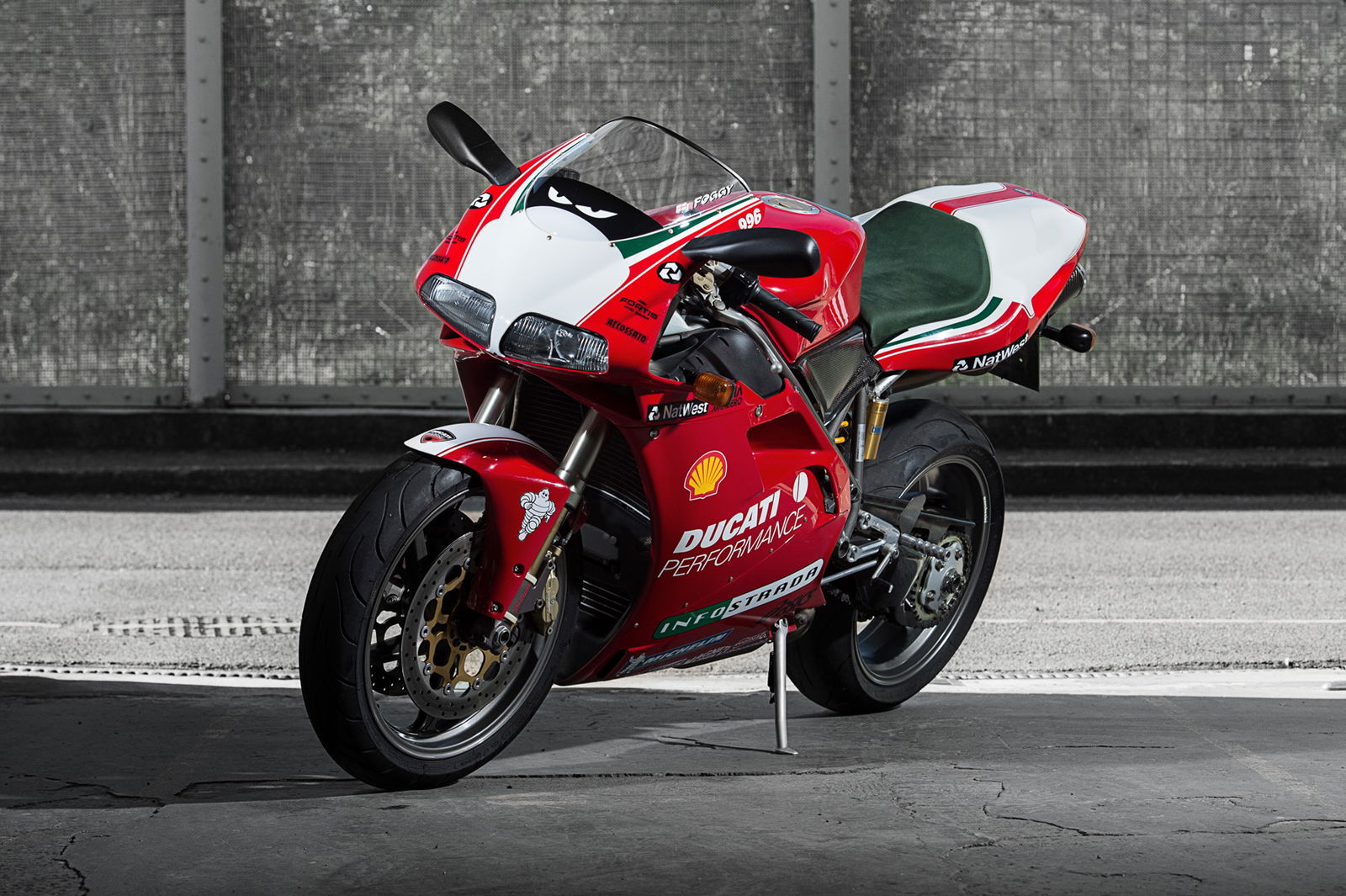
2 - Ducati 916/996/998
The Ducati 916 had a series of homologation special spin-offs which served to inch the game on further in a series it exerted beyond dominant control at times. There was the 916SP, the 955SP, the (996cc) 916 SPS, the Foggy Replica (marketed as a tribute bike, but sneakily used to homologate a tweaked frame and airbox), the (998cc) 996R and the Testastretta-engined, 999cc 998R.
Each desirable, each weapons and each getting under the skin of their Japanese counterparts, who (among other reasons) responded by taking their ball and went home briefly during the mid-2000s, which in itself is tribute enough to Ducati.
Between them, lineage scored eight WorldSBK, hot on the heels of three that had gone to the 916’s predecessor, the 888… We’re lumping them all together here because any Ducati 916/996/998 derivative has the same combination of style and desirability, and any limited-edition homologation version will make your average bystander stop, drool and (in 2020 terms) take a selfie with it.
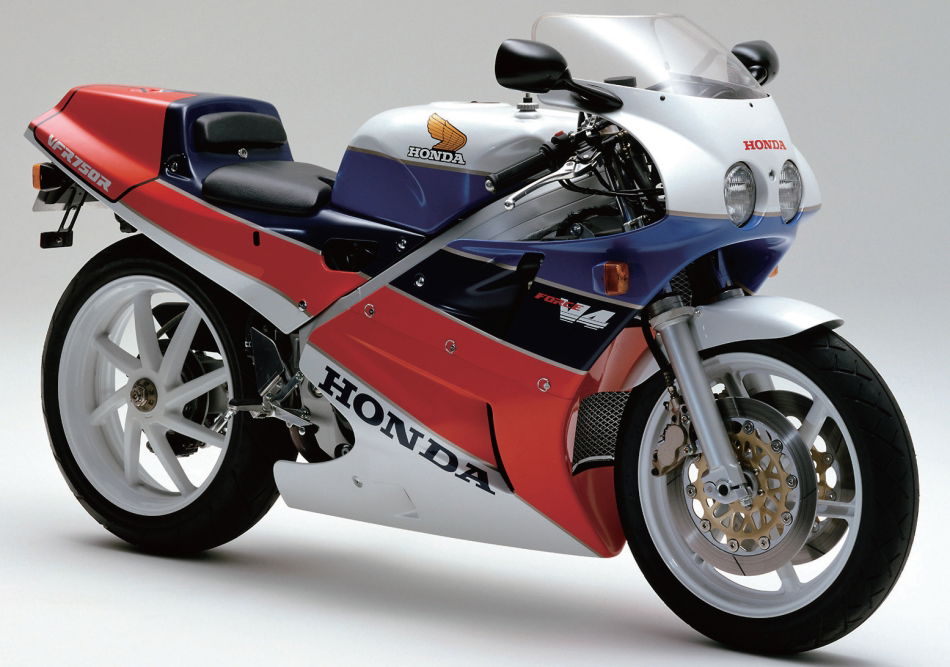
1 - Honda RC30
For the first three years of the WSBK championship, the Honda RC30 was the bike to be on. It won the title in 88, 89 and 90. It epitomised the idea of an off-the-shelf racer. Honda made more than the required 500 bikes, keeping the RC30 in production for three years and eventually churning out nearly 5000 of them.
That’s why, for a while, it seemed that every national championship, not to mention races like the TT, was packed with privateers on RC30s. The result was that the RC30’s racing heritage stretches far wider than WSBK alone, and even though a lot were made, the number of unmolested road bikes is still low and prices are sky-high.
.jpg?width=1600)
(Dis)honorable mention - Petronas FP1
How could we leave out the Petronas FP1... well, it wasn't a 'good' bike but it deserves some column inches for being the most extreme method of homolgation speciality you could possibly imagine.
A racing team helmed by Carl Fogarty rather than a manufacturer, Petronas (named after the Malaysian oil giant that bankrolled the team) did intend to go to MotoGP but found itself out of sync with the regulations when developing the FP1, so it instead re-purposed it for WorldSBK. Except, the Petronas FP1 didn't exist beyond the race bikes, thus negating the whole concept of it as a race series for production models.
So, doggedly, Petronas went ahead and built 150 models you could - in theory - have on your driveway. But since it wasn't its purpose to dazzle customers, the Petronas FP1 remains remarkably elusive... which in other words means, not actually for sale. Instead, Petronas 'bought' 50 of them back to use as race bikes, with the other 100 disappearing into the ether - until 75 turned up in a barn in Basildon.
The Petronas FP1 made a good fist of things on track with its triple-cylinder configuration with the likes of Fogarty in charge and Troy Corser leading riding duties showing ambition was high... but in reality, it was a lurid green/blue rule bender.
At least Petronas - as the big force behind the Petronas SRT Yamaha MotoGP team - is redeeming itself today
